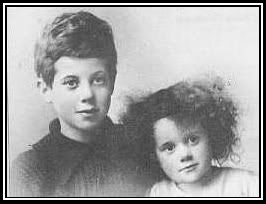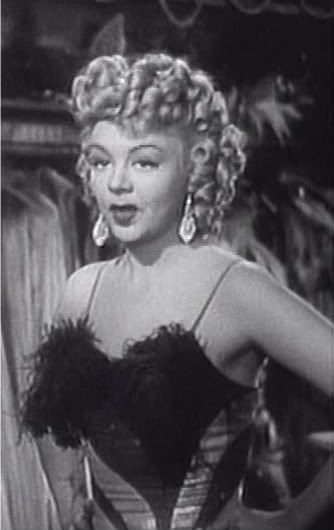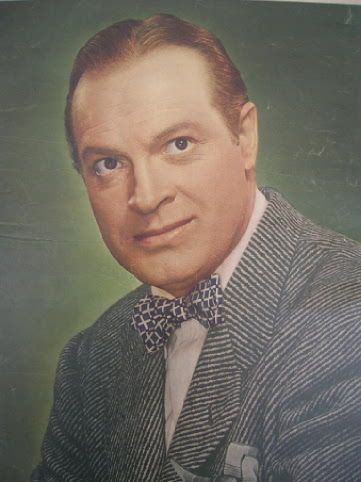
The
John Ford color
version of
Three Godfathers (1948) is far better known, but the 1936 version of
Three Godfathers is my favorite version of this story.
Chester Morris is at his brash best here--it's a shame that he languished in the highly entertaining yet dramatically limited
Boston Blackie during what should've been some of his most productive years. Having sought out his films whenever I could over the years and seen some of his best work on film, such as
Red-Headed Woman (1932),
The Divorcee (1930), and
The Big House (1930), I'd say that Three Godfathers was his last, best work on film.
Why so few good films from a good actor? Unfortunately, from what I've read about his career, he may have been his own worst enemy at times. Whenever he was under contract to a major studio, he seems to have had a habit of insisting, loudly and repeatedly, that he should be a great leading man. He only seems to have succeeded in alienating his employers repeatedly. Though always working, he was one of those actors who never quite grasped the brass ring. In the
Three Godfathers he's dynamic, funny, attractive and he shows more subtlety than usual.
I also think that
Lewis Stone was really splendid in his part in this version of the tale. He's not too sentimental as an educated man who's thrown his life away but, as he gradually realizes that he's not going to survive, seems to be doing a mostly silent philosophical review of that ruined life. He has his stentorian moments, but it's a relief and a delight to see him play a thoughtful yet livelier character than ol' Judge Hardy.

Comparing the '36 version of
Three Godfathers with the
John Ford version, there are some interesting differences. Both give their lead actors good parts and
Morris and
John Wayne in the latter film are both very good. Wayne is actually better than good--he's a real actor here, especially in his delirious moments in the desert. It's interesting to me that this performance comes in the same year as
Red River from gave
Wayne an excellent character role.
Ford is reported to have said after seeing Red River that "I never knew the big fellow could act."
The Ford version also differs in the fact that it is visual poetry from beginning to end. Ford, with his cinematographer Winton Hoch, captures the harsh beauty of the desert in every frame. The '30s version, directed by
Richard Boleslawski & photographed by one of the masters, Joseph Ruttenberg, communicates the bleakness of the setting in a straight forward manner with few frills.
The problem that I have with the
Ford version, however, is with the sentimentality that is just poured on during some--
not all--of the segments. I also think that the ending of
Ford's version is much less satisfying and geared more toward fulfilling that happy-ending impulse. It really annoyed me when I first saw it. Then, after finding the '36 version, I found that its Depression era economy of detail, snappy dialogue and implied, rather than explicit sentiment, made this a much better film for me.
Btw, director
Boleslawski was one of the original Moscow Art Theatre actors and a founder of NYC's American Laboratory Theatre, (a forerunner to the Group Theater which he operated with
Maria Ouspenskaya). He made some good and some pretentious movies after washing up on the shores of the West Coast as a director in the early thirties following the collapse of financing for theatre work in NY. This movie definitely falls in the good category. Too bad that Boleslawski died a year after this movie. It's possible that he had hit his stride with this one.
Sorry to have gone on so long about this film, but it's a favorite.













